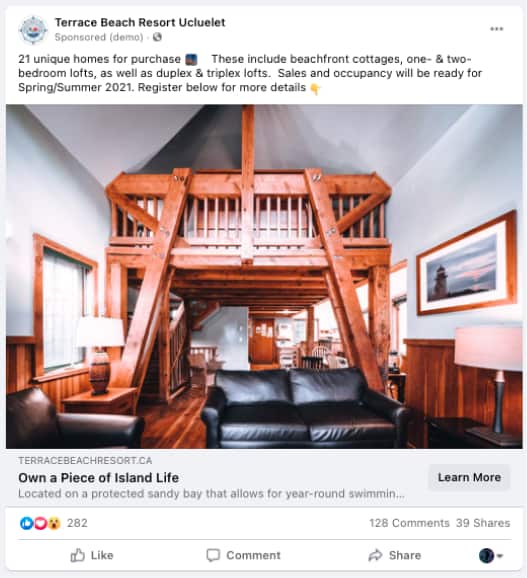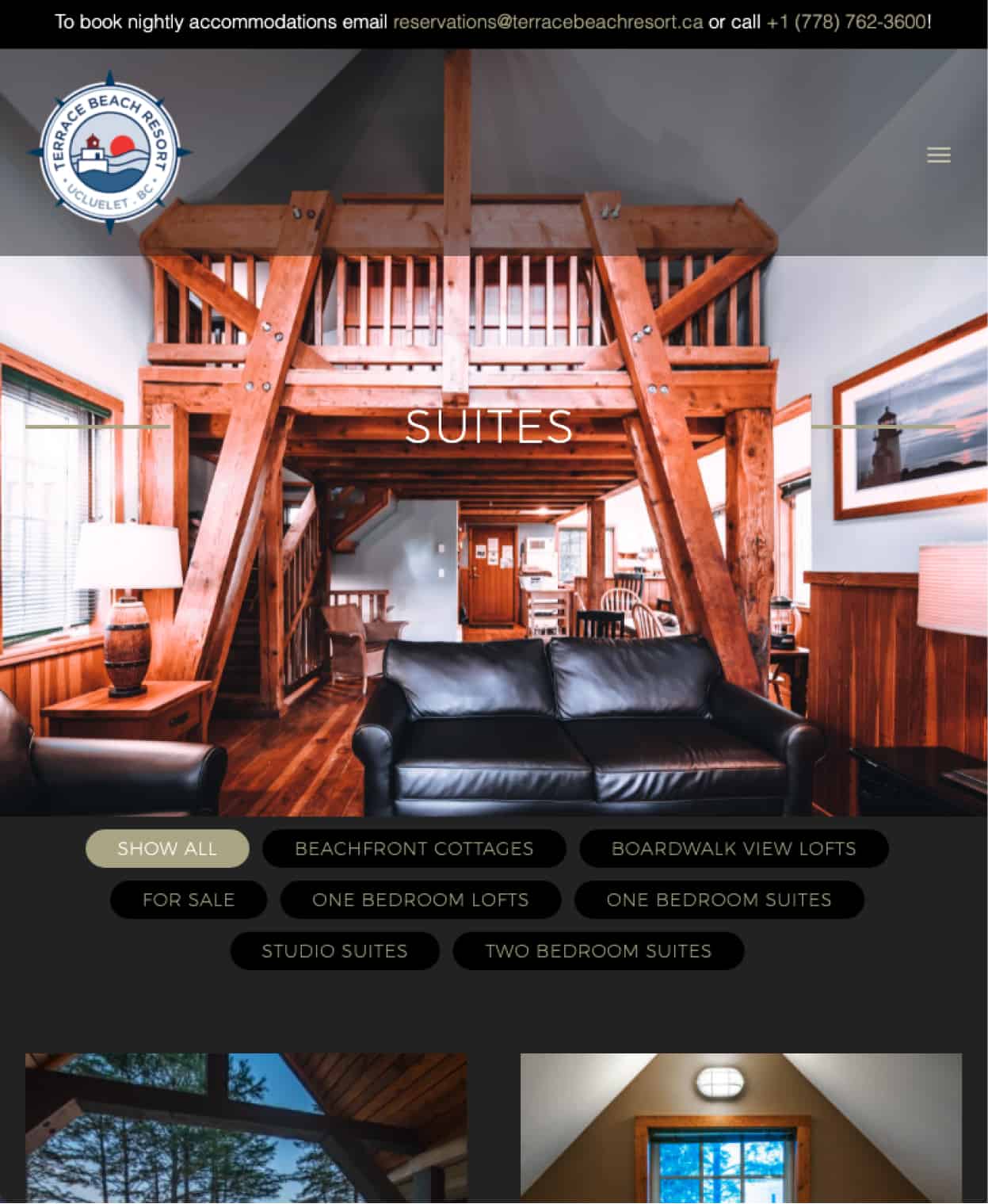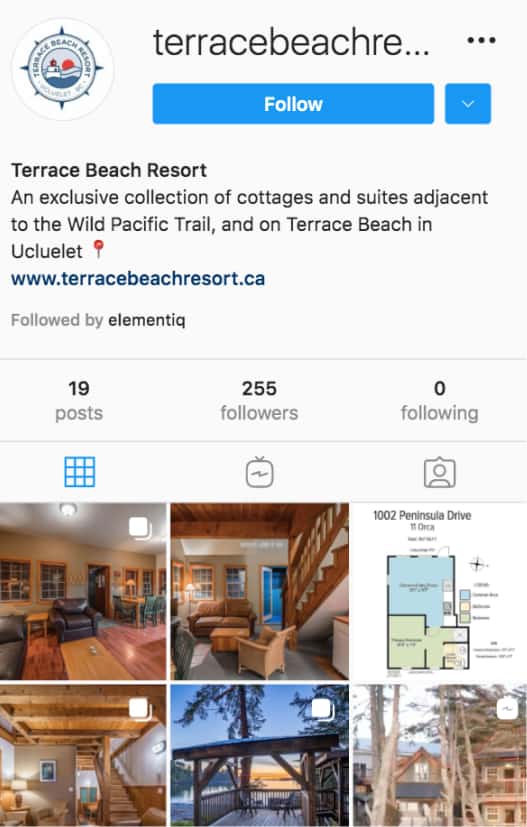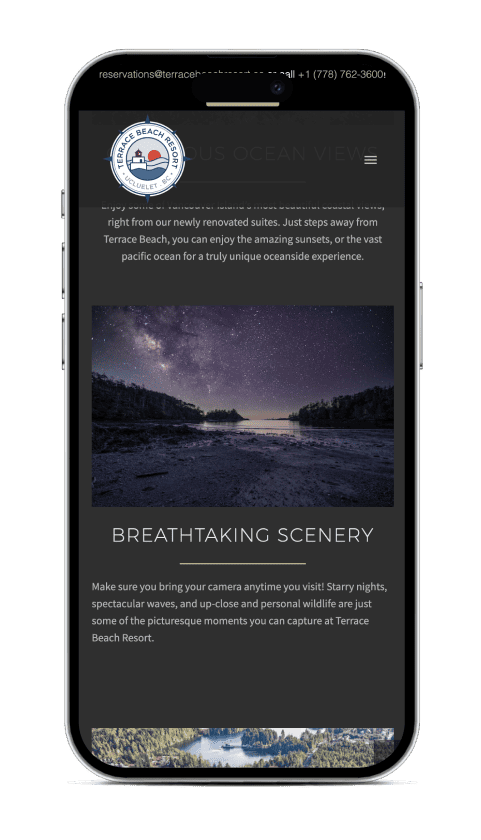The Results
Exceeding Expectations and Complete Sales Success
The results achieved for Terrace Beach Resort surpassed all expectations. In just three months, our combined marketing efforts generated over 1,800 leads, far surpassing the initial goal of 300. The entire development of 24 units was sold out, leaving our client thrilled with the outcome. With 1,815 tracked leads on the website and 194,000 views during this period, our strategic campaigns delivered unprecedented success, our campaigns brought Terrace Beach Resort the visibility — and buyers — they’d been looking for.
Sold
24
Luxury Real Estate
Units in 3 Months





